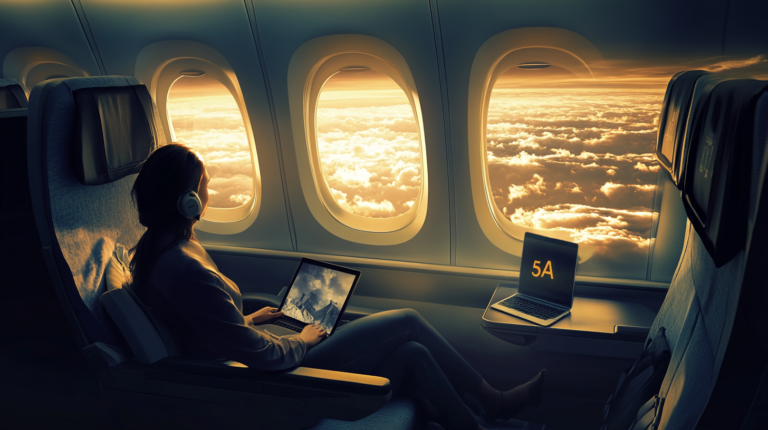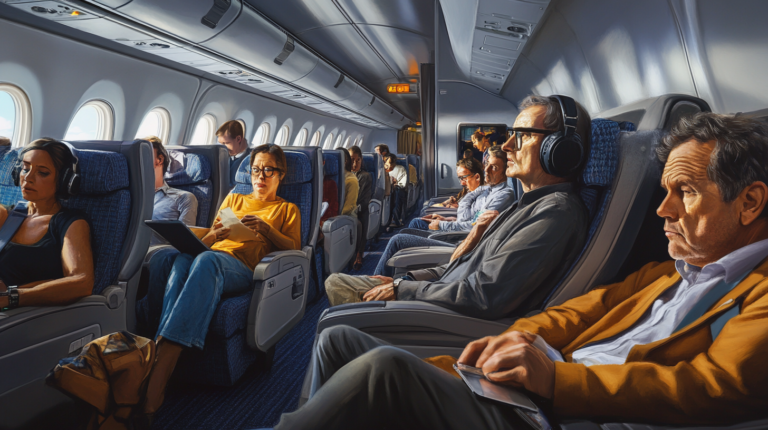Southwest Airlines and the Boeing 737 MAX: A Comprehensive Overview
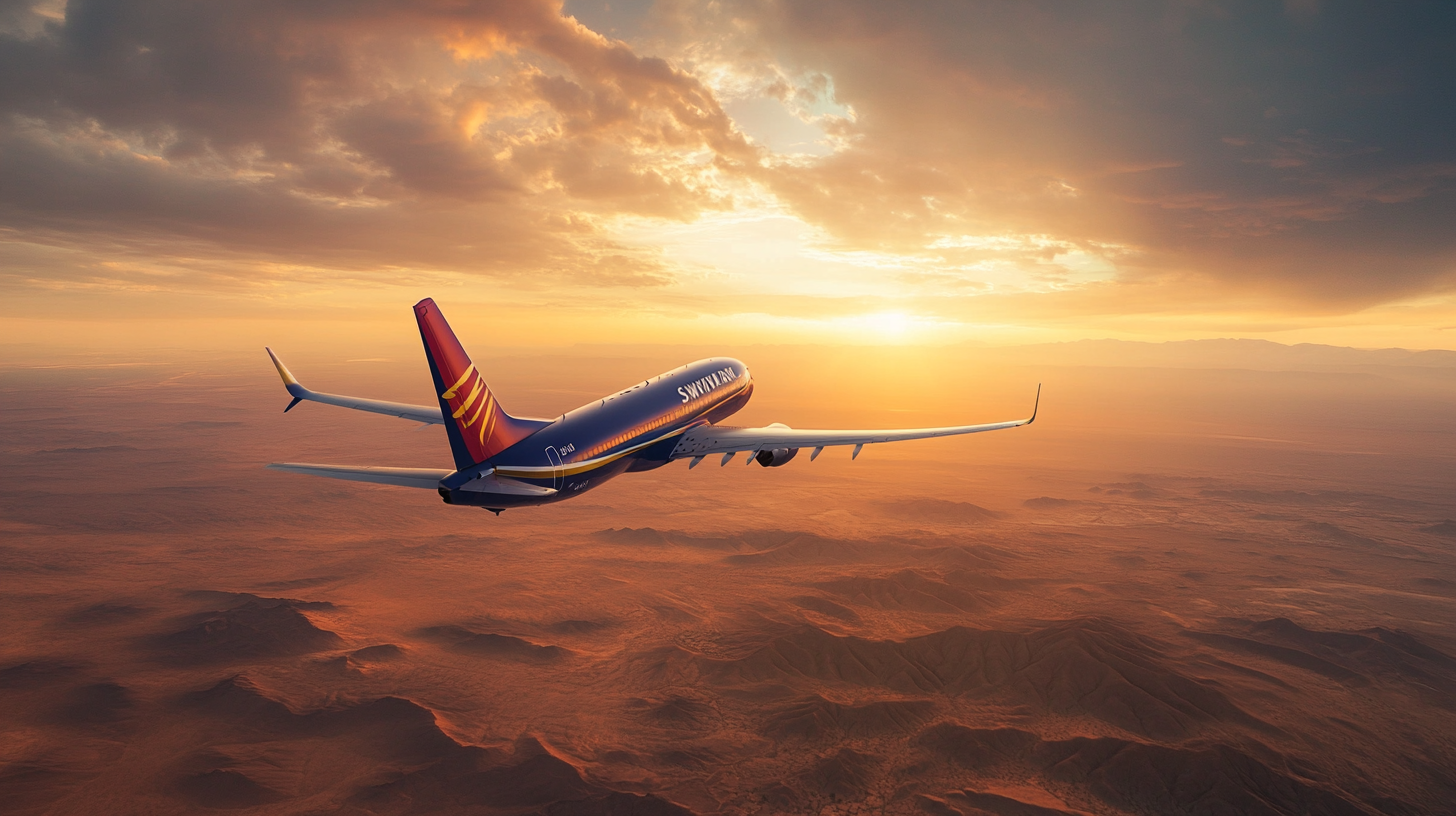
For nearly five decades, Southwest Airlines has been a stalwart in the U.S. aviation industry, renowned for its reliable service, customer-friendly policies, and innovative operational strategies. Since its humble beginnings in 1971 as a regional carrier in Texas, Southwest has grown exponentially, becoming one of the world’s largest low-cost airlines. Central to Southwest’s identity is its exclusive use of the Boeing 737 family—a strategy that has distinguished the airline from its competitors and contributed significantly to its operational efficiency. This article delves into the airline’s enduring relationship with the Boeing 737 MAX, exploring its integration into the fleet, enhancements in passenger experience, and ambitious future expansion plans.
A Singular Focus: Southwest’s All-Boeing 737 Fleet
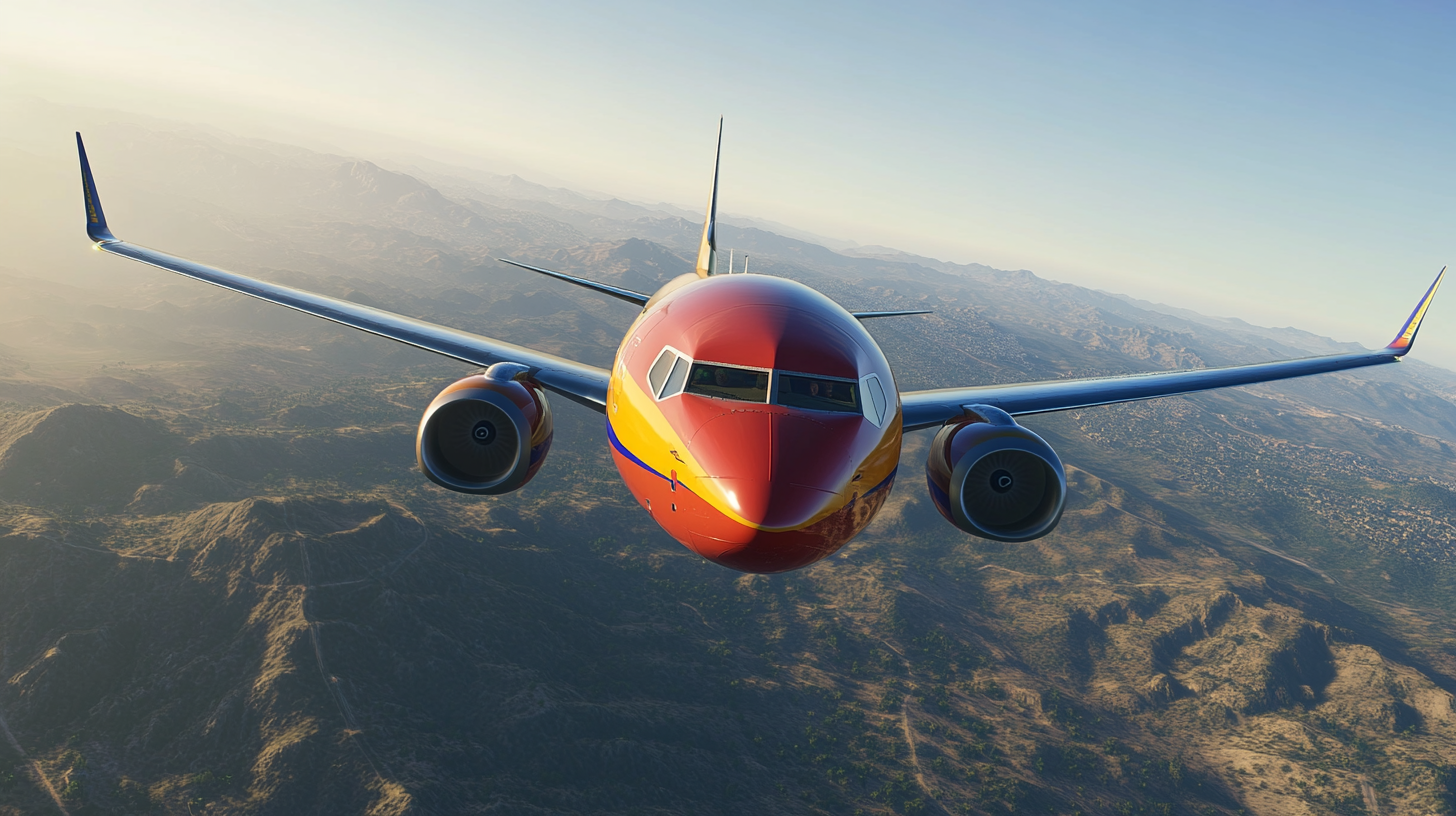
Since its inception, Southwest Airlines has operated an all-Boeing 737 fleet, a deliberate strategy that has streamlined training, maintenance, and overall operations. By focusing exclusively on a single aircraft family, Southwest has been able to standardize its pilot training programs, allowing pilots to operate any aircraft in the fleet without the need for additional certifications. This uniformity extends to mechanics and ground crew, reducing the complexity of maintenance procedures and inventory management for spare parts. The result is a highly efficient operation that supports Southwest’s commitment to low fares and reliable service. Historically, the fleet comprised the 737 Classic and Next Generation series, each bringing incremental improvements in performance and comfort. However, the introduction of the Boeing 737 MAX 8 marked a significant evolution in the airline’s offerings.
Embracing the Boeing 737 MAX 8
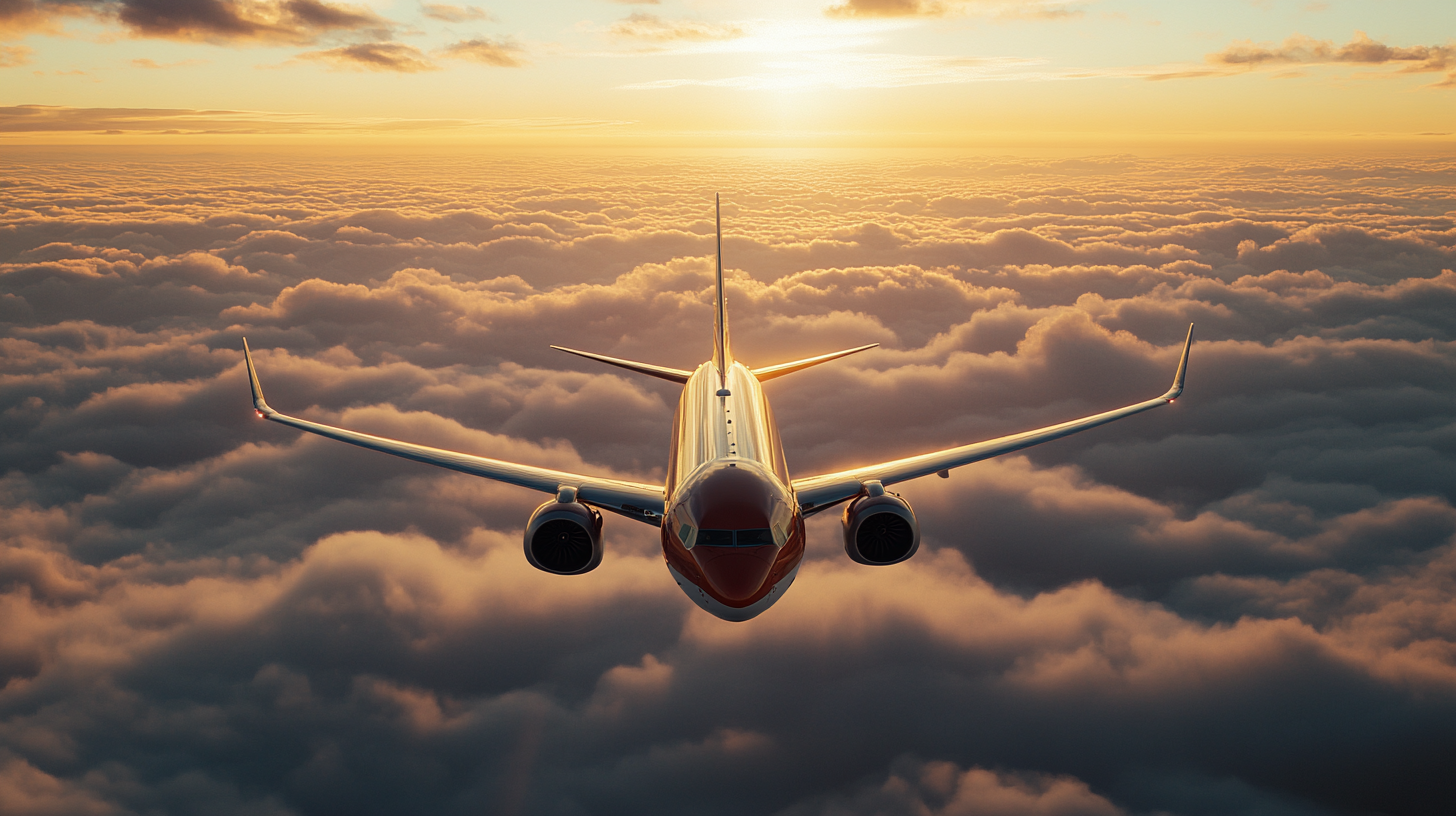
In 2017, Southwest Airlines embraced the Boeing 737 MAX 8, becoming the launch customer for this new generation of aircraft. Recognizing the 737 MAX 8’s advanced capabilities—including superior fuel efficiency, reduced emissions, and enhanced passenger comfort—Southwest saw an opportunity to significantly modernize its fleet. The airline’s leadership highlighted the importance of investing in technology that not only reduces operational costs but also aligns with environmental sustainability goals. As of February 2024, the MAX 8 constitutes almost half of Southwest’s inventory, with over 220 active MAX 8 aircraft in service and ambitious plans to increase this number significantly. The decision to invest heavily in the MAX series underscores Southwest’s commitment to innovation and maintaining its competitive edge in the industry, a critical aspect of Southwest’s strategic fleet expansion with the Boeing 737 MAX 8 .
Features Enhancing Passenger Comfort and Experience
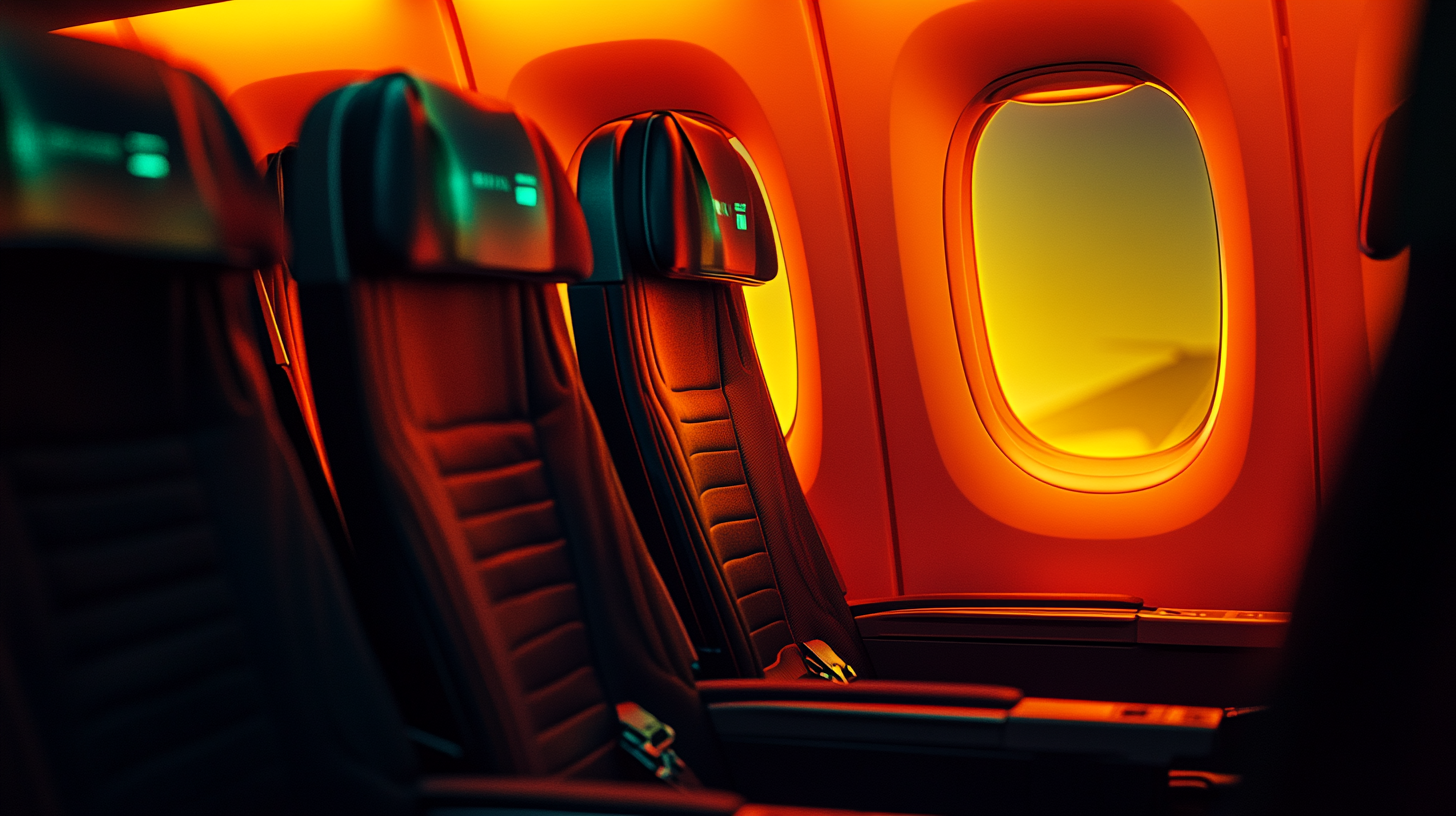
The Boeing 737 MAX 8 introduced several passenger-focused improvements to Southwest’s service. Notable enhancements include:
- Spacious Seating: The MAX 8 features seats with a generous 32-inch pitch, offering more legroom compared to previous models. This improvement addresses one of the most common passenger concerns—space and comfort during flight. The seats are also the widest in their class, providing increased comfort for passengers of all sizes and enhancing the overall travel experience.
- Adjustable Headrests: For the first time in its history, Southwest introduced adjustable headrests on the MAX 8, allowing passengers to customize their seating comfort, especially on longer flights. This addition demonstrates Southwest’s attention to passenger needs and its willingness to incorporate features that enhance relaxation and reduce fatigue during travel.
- Boeing Sky Interior: The cabin boasts the Boeing Sky Interior, which includes enhanced LED mood lighting that can simulate different times of the day, creating a calming ambiance onboard. The modern aesthetic, with its sleek lines and larger windows, contributes to a more pleasant in-flight atmosphere, potentially reducing the feeling of jet lag and improving passenger well-being.
- Larger Overhead Bins: The aircraft is equipped with expanded storage bins, known as “Space Bins,” accommodating more carry-on luggage and streamlining the boarding process. These bins can hold bags wheels-first, increasing the bin’s capacity by up to 50%. This enhancement minimizes the time passengers spend searching for luggage space and reduces the likelihood of having to gate-check bags.
Inflight Amenities and Connectivity
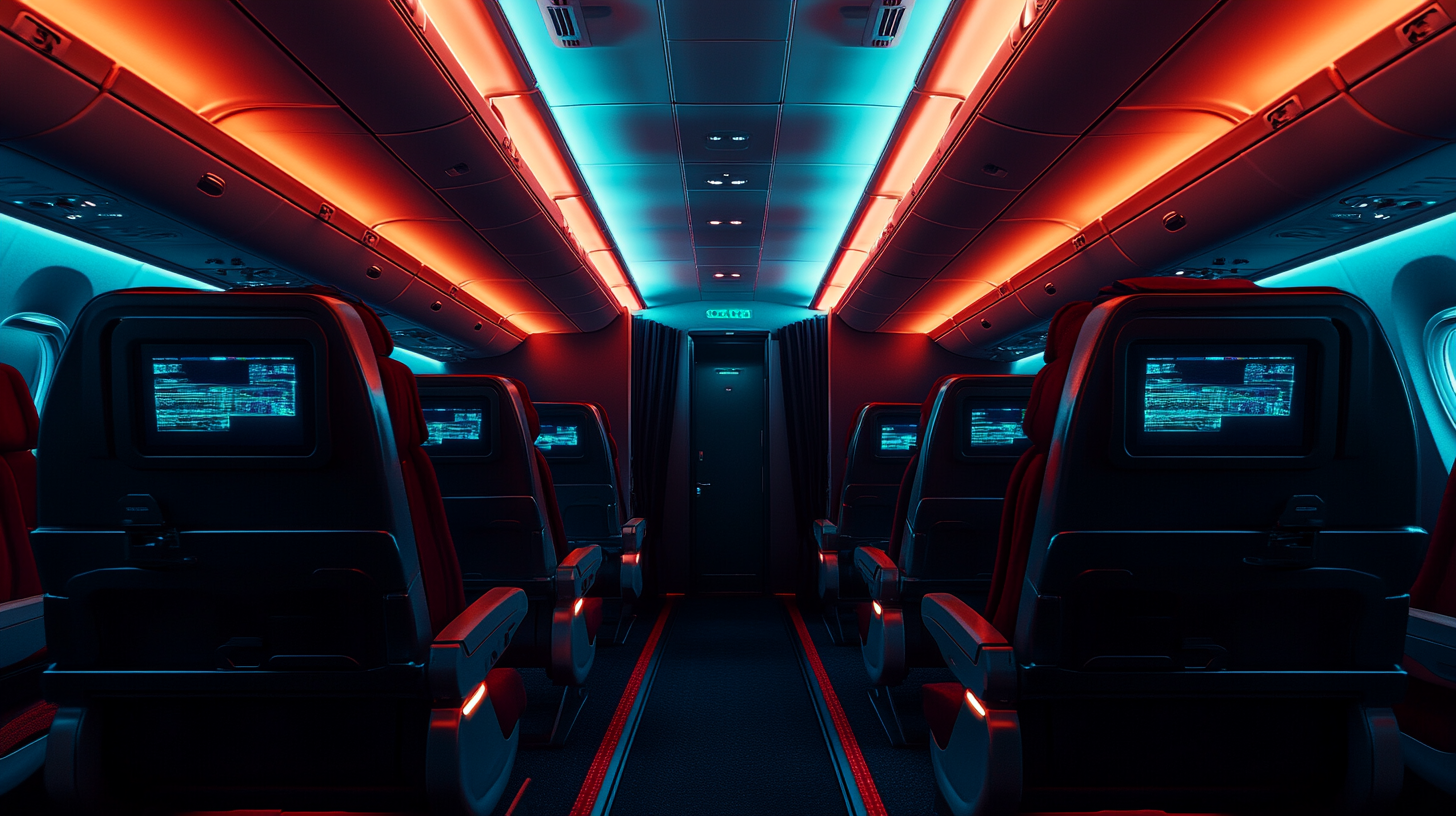
While the MAX 8 aircraft do not feature built-in seatback entertainment screens, Southwest has embraced the bring-your-own-device model, recognizing the ubiquity of personal electronic devices among passengers. The aircraft’s design supports this approach by providing reliable power outlets and USB charging ports, ensuring that passengers can keep their devices powered throughout the flight. Southwest offers satellite-based WiFi for $8 per device, powered by Row 44, enabling passengers to stay connected for work or leisure during their journey. The WiFi service supports browsing, email, and social media, catering to the needs of the modern traveler.
Additionally, the airline provides free unlimited access to live TV, movies, and streaming music with Beats, all accessible on personal devices through the Southwest app. This entertainment offering includes a wide selection of popular channels and on-demand content, appealing to diverse passenger interests. Complimentary snacks, such as pretzels and peanuts, and a selection of non-alcoholic beverages enhance the onboard experience, with alcoholic drinks available for purchase. These amenities reflect Southwest’s dedication to providing value and comfort without escalating costs—a notable aspect of enhancing passenger experience on Southwest’s Boeing 737 MAX 8 flights .
Operational Efficiency and Route Expansion
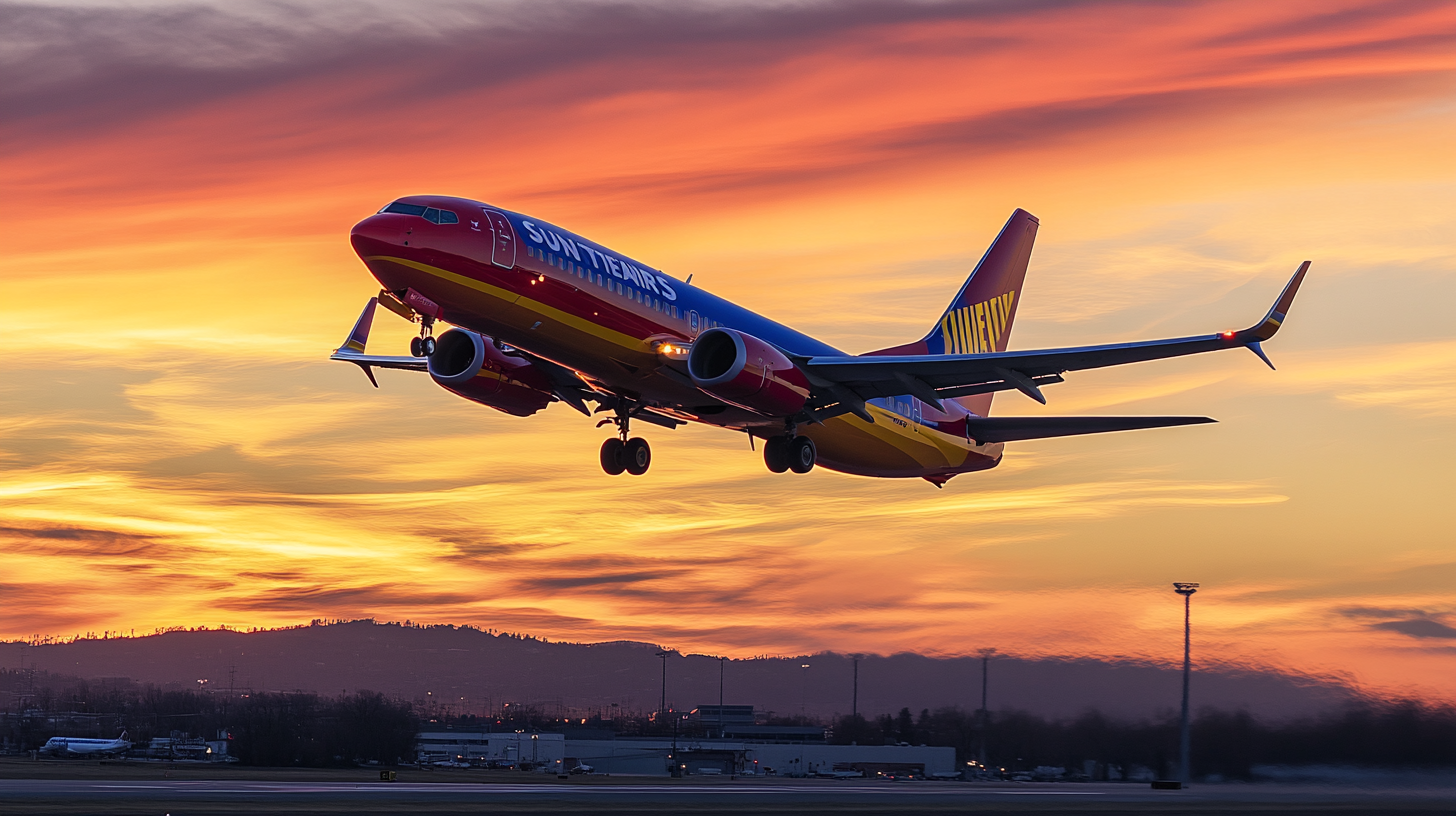
The Boeing 737 MAX 8’s advanced CFM LEAP-1B engines and larger, more aerodynamic wings significantly enhance its operational efficiency. The engines incorporate cutting-edge technologies, such as ceramic matrix composites and 3D-printed fuel nozzles, contributing to a reduction in fuel consumption by up to 14% compared to earlier models. This superior fuel efficiency not only lowers operating costs but also reduces the airline’s carbon footprint, aligning with global efforts toward sustainability in aviation.
The extended range of the MAX 8 opens up new route possibilities for Southwest. With its improved capabilities, the aircraft is particularly suitable for longer routes, such as transcontinental flights and services to Hawaii—a destination that was previously beyond the reach of Southwest’s fleet. The MAX 8’s ETOPS-180 certification (Extended-range Twin-engine Operational Performance Standards) allows for flights up to 180 minutes from the nearest suitable airport, enabling extended operations over water and remote areas. This certification has been instrumental in Southwest’s strategic expansion into new markets, offering customers more destinations without compromising on safety or efficiency—a testament to expanding Southwest’s route network with the Boeing 737 MAX 8 .
Fleet Modernization and Future Orders
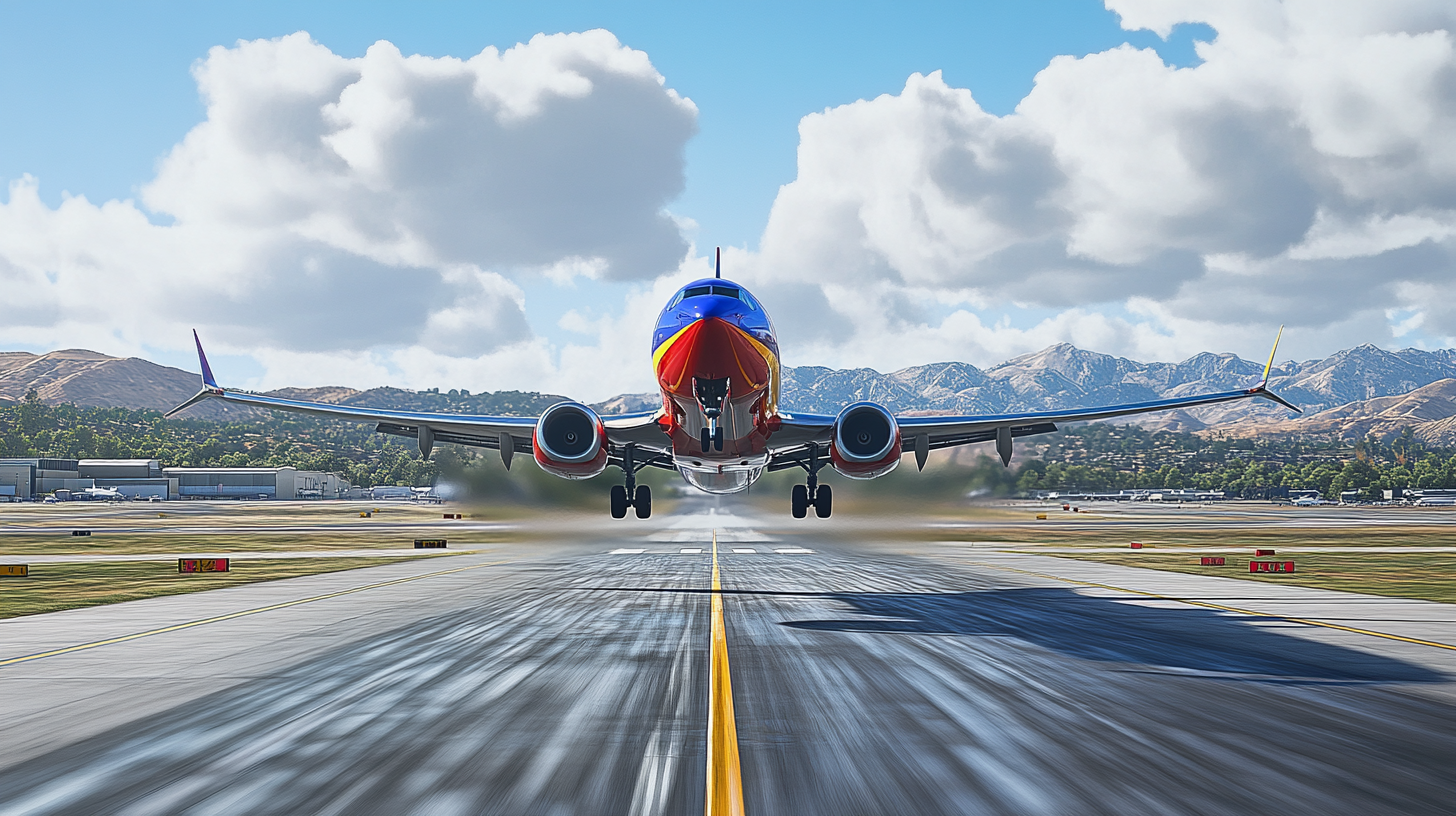
Southwest Airlines is actively modernizing its fleet with substantial orders for the Boeing 737 MAX series, ensuring that it remains competitive in an ever-evolving industry. In a reaffirmation of its longstanding partnership with Boeing, Southwest announced an order for 100 new 737 MAX planes, specifically the MAX 7 jets. The MAX 7, the smallest member of the MAX family, is designed to replace the aging 737-700 models that have been the workhorses of Southwest’s fleet. This move aims to enhance fuel efficiency, reduce operational costs, and provide improved environmental performance.
The MAX 7 offers increased seating capacity and range over the 737-700, while maintaining the performance characteristics suited to Southwest’s operational needs. The aircraft can accommodate up to 150 passengers and has a range of over 3,800 nautical miles, expanding the airline’s potential destinations. The airline expects to spend approximately $5.1 billion on aircraft through 2026, signaling a significant investment in its future fleet and an optimistic outlook on post-pandemic air travel recovery.
Furthermore, Southwest has placed orders for an additional 108 Boeing 737-7 jets, bolstering its fleet modernization strategy. With over 300 orders for the 737-7, the airline’s total order book now exceeds 500 MAX series aircraft, including options to purchase more in the future. These new jets are expected to play a pivotal role in Southwest’s expansion plans, offering exceptional range and efficiency aligned with the airline’s strategic goals and commitment to sustainability. These significant aircraft orders highlight Southwest’s confidence in the future of the MAX series, demonstrating a strategic vision for growth and efficiency—a critical aspect of Southwest’s commitment to modernizing its fleet with Boeing 737 MAX aircraft .
Passenger Experience: Reviews and Reflections
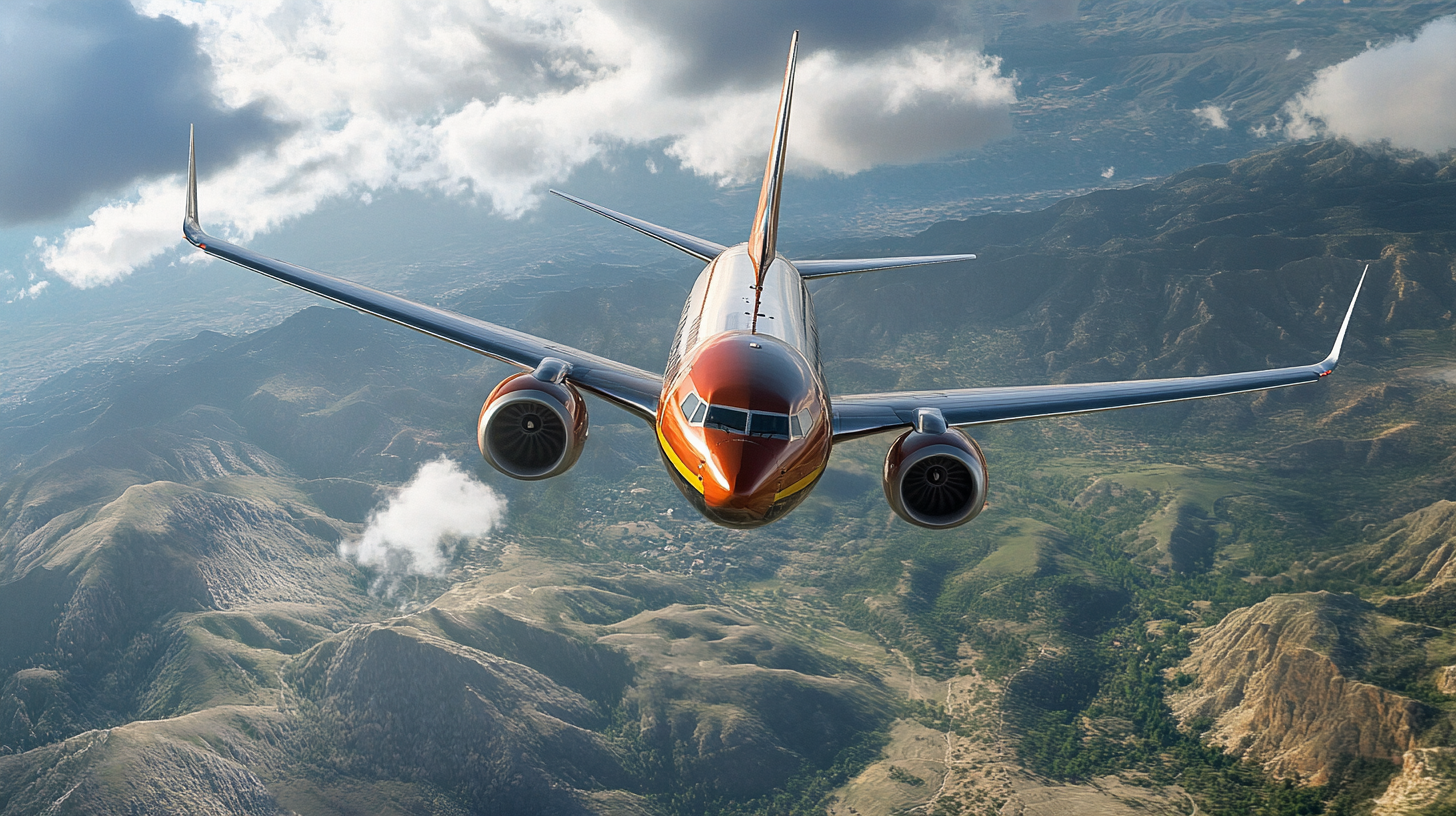
Passenger feedback on the Boeing 737 MAX 8 has been generally positive, with particular appreciation for the enhanced comfort features and modern amenities. Travelers have noted the quieter cabin, attributed to improved engine design and sound insulation. The adjustable headrests and increased personal space are frequently cited as significant improvements over previous models, contributing to a more relaxed and enjoyable flight experience.
One reviewer provided a detailed comparison between the 737 Next Generation and the 737 MAX 8 on Southwest, expressing a preference for the MAX due to its efficiency, safety enhancements, and overall passenger comfort. The reviewer highlighted the ambiance created by the Boeing Sky Interior and the convenience of larger overhead bins, which reduce the stress associated with carry-on luggage storage—a reflection of passenger experiences aboard Southwest’s Boeing 737 MAX 8 flights .
The discussion also extends to Southwest’s unique open seating policy, a hallmark of the airline’s approach to passenger boarding. Instead of assigned seats, Southwest assigns boarding groups (A, B, C) based on check-in time, allowing passengers to choose their seats upon boarding. While some appreciate the flexibility and potential for faster boarding, others find it adds stress, particularly for those traveling with families or in groups. There has been ongoing discussion within the airline and among frequent flyers about a potential shift to assigned seating, which could ease boarding stress but may alter the airline’s distinctive and efficient approach. Southwest continues to evaluate passenger feedback to balance tradition with evolving customer preferences.
Commitment Amidst Past Concerns
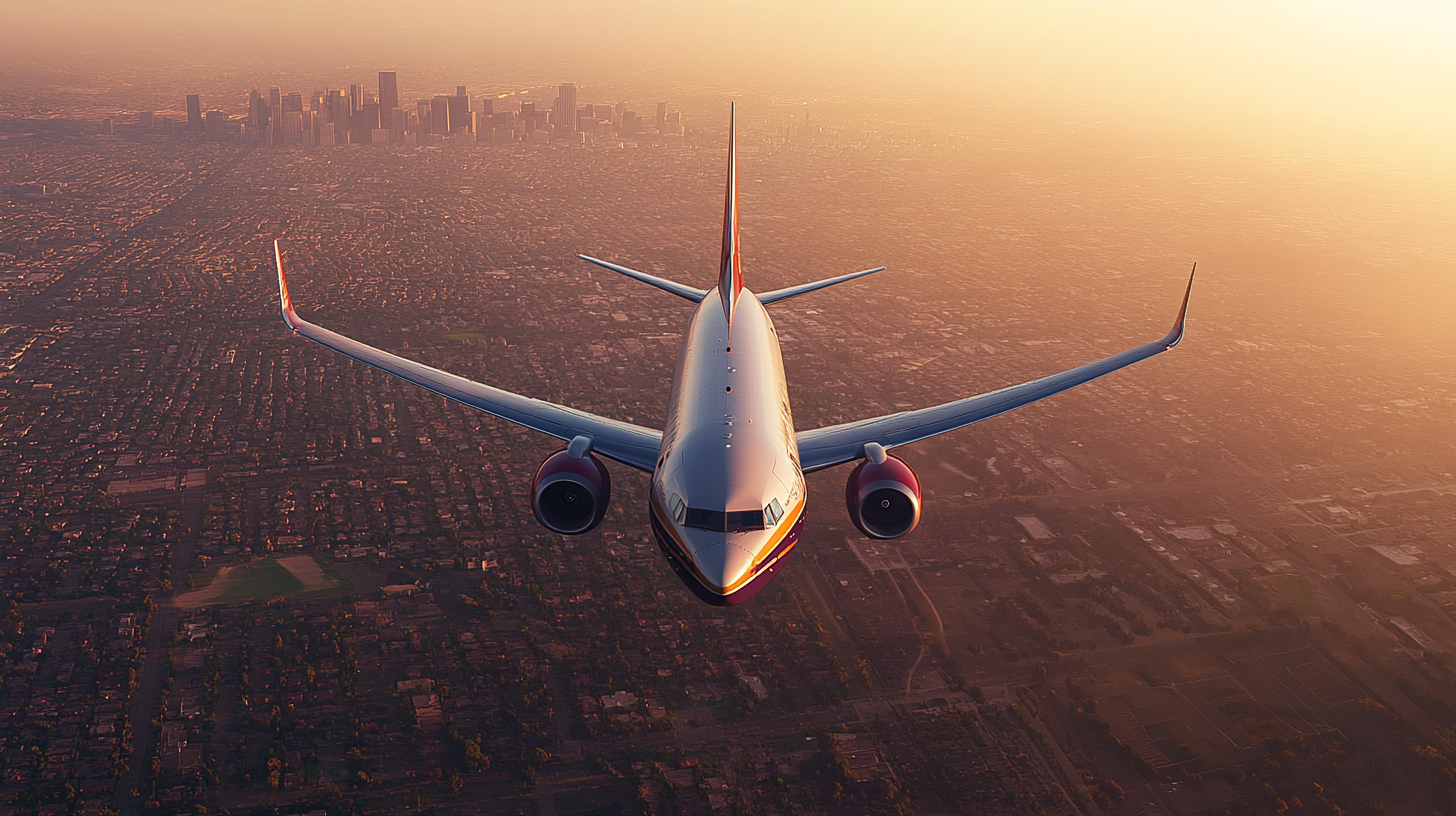
The Boeing 737 MAX series faced significant challenges in 2019 when it was grounded worldwide following two tragic accidents attributed to software issues with the Maneuvering Characteristics Augmentation System (MCAS). This event led to an unprecedented global safety review and extensive scrutiny of the aircraft’s design and certification processes. Despite these concerns, Southwest Airlines has maintained its commitment to the MAX series.
During the grounding period, Southwest collaborated closely with Boeing and regulatory authorities to address the safety issues. The airline participated in the recertification process, ensuring that all necessary modifications and pilot training enhancements were implemented. Extensive evaluations, software updates, and additional pilot training requirements were mandated before the MAX 8 was cleared to return to service.
In 2021, the MAX 8 returned to Southwest’s operational fleet after these comprehensive safety measures were in place. The airline undertook significant efforts to communicate with passengers about the safety of the MAX 8, including transparent information campaigns and opportunities for customers to adjust their bookings if they had concerns. Southwest currently operates over 220 of these aircraft, reflecting its confidence in the MAX series and its belief in the aircraft’s safety and performance enhancements. The airline’s proactive approach during the grounding period highlights its commitment to safety and transparency—a reflection of the airline’s management of the Boeing 737 MAX safety concerns .
Final Thoughts
Southwest Airlines’ deepening investment in the Boeing 737 MAX series reflects a strategic commitment to modernizing its fleet, improving passenger experience, and expanding operational capabilities. The introduction of the MAX 8 has brought significant advancements in comfort, efficiency, and range, positioning Southwest to continue its legacy of reliable, low-cost service well into the future.
As the airline progresses with its fleet modernization plans, including the integration of the MAX 7 and potentially other MAX variants, passengers can anticipate continued enhancements to their travel experience. From increased comfort features to expanded route options, Southwest remains focused on meeting the evolving needs of its customers while maintaining competitive fares.
Follow us back to Seat 5A for more insights and updates on the aviation industry. The enduring partnership between Southwest Airlines and Boeing signifies a shared vision for the future of air travel, emphasizing innovation, sustainability, and customer satisfaction. Together, they are navigating the challenges and opportunities of the aviation industry, reinforcing their roles as leaders in providing safe, efficient, and enjoyable air transportation. This journey with the Boeing 737 MAX series represents not just an investment in aircraft, but in the future of accessible and sustainable air travel—a vision shared by both Southwest and Boeing in their collaborative efforts on the 737 MAX program .



